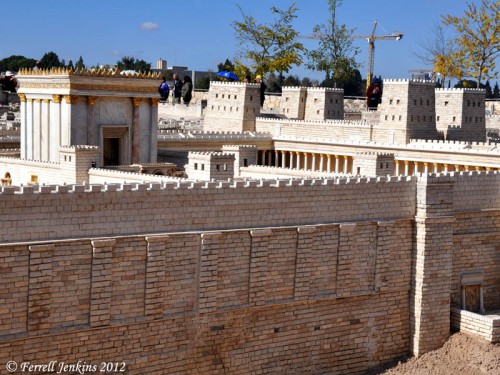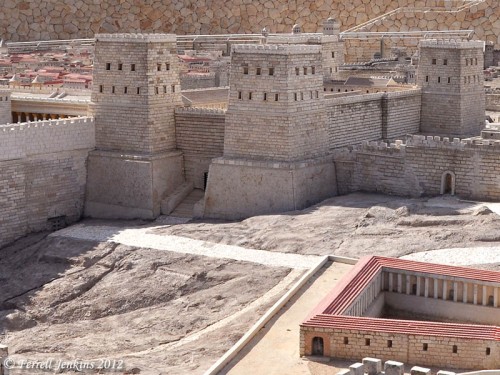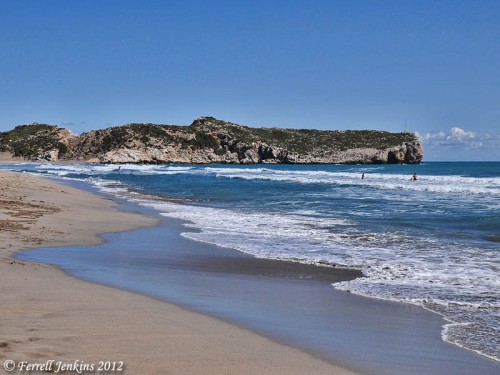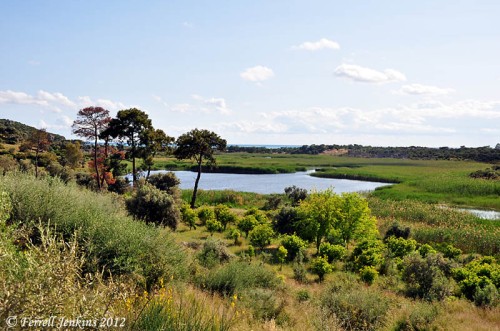I am grateful to Andrew Bernhard for sharing his full exposition of how the
Gospel of Jesus' Wife was forged, on the basis of Michael Grondin's online interlinear
Gospel of Thomaswebsite.
I have previously blogged about Andrew Bernhard's research on the fragment (
Jesus' Wife Fragment: Further Evidence of Modern Forgery), where I drew attention to what I regarded as a possible "smoking gun" for the case, the fact that the fragment takes over a typographical error in the PDF of Grondin's Interlinear. Andrew's essay,
How the Gospel of Jesus' Wife Might Have Been Forged: A Tentative Proposal, provided a brilliant analysis of the links between the fragment and Grondin's Interlinear.
But now Andrew has produced a complete analysis of the links between these works in a new essay that he has published here:
Notes on the Gospel of Jesus' Wife Forgery
The piece is a well-written, persuasive account of how he sees the forger of the fragment working, and I would encourage you to read it all with care.
Here, courtesy of Andrew Bernhard, is a summary of the findings:
--
1.
Gos. Jes. Wife borrows the framework for a simple dialogue between Jesus and his disciples from
Gos. Thom. 12.
2. All decipherable words in
Gos. Jes. Wife appear in
Gos. Thom. with a single exception: TAHIME (“my wife.”)
3. The words of each line of text in
Gos. Jes. Wife are found in close proximity to each other in
Gos. Thom.
4. The forger has slightly redacted
Gos. Thom. by making masculine pronouns feminine and (attempting to) transform affirmative/negative statements into their opposites.
5. More than half a dozen notable textual features in
Gos. Jes. Wife can be attributed to a forger’s dependence on Grondin’s Interlinear.
Summary:
I think it is now fair to begin openly describing
Gos. Jes. Wife as a modern forgery. Although it is admittedly a novel type of forgery, its text can be explained too easily and too completely as a “patchwork” of words and short phrases drawn from the
Gos. Thom. by a forger relying on Grondin’s Interlinear. The possibility that
Gos. Jes. Wife is a genuinely ancient writing seems extremely remote.
Gos. Jes. Wife is intended to appear as a basic dialogue between Jesus and his disciples, and the words of both Jesus and his disciples are introduced using the same words found in the basic dialogue of
Gos. Thom. 12. Every word in
Gos. Jes. Wife (except one) can be traced back to
Gos. Thom., and every line of text in
Gos. Jes. Wife contains words found in close proximity to each other in
Gos. Thom. – even when there is no obvious relationship between them (e.g., line 3). Where a word might easily have been spelled differently in the different texts, both
Gos. Jes. Wife and
Gos. Thom. have the same spelling (i.e., NAEI). In addition, the forger’s redactional tendencies, namely switching third-person pronouns from masculine to feminine (lines 2, 5, 7) and attempting to invert affirmative / negative statements (lines 5 and 6), can be identified. The forger has also inadvertently included several tell-tale peculiarities in grammar and spelling that reveal the modern origin of
Gos. Jes. Wife.
The forger’s “fingerprints” are discernible in every line of text that has more than one word in it. In line 1, the forger has reproduced a typographical error from Grondin’s Interlinear (the omission of a direct object marker) and a line break from NHC II. The second line has been copied verbatim from
Gos. Thom. 12, except the forger has changed a third-person pronoun from masculine to feminine. In line 3, the forger has used a Coptic spelling for the name “Mary” that is barely attested in antiquity but could well be derived from the English translation in Grondin’s Interlinear. In line 4, the forger has omitted a conjunction (JE) that would ordinarily be expected, probably as the result of a line break in NHC II. Line 5 contains a simple inversion of a negative phrase found in
Gos. Thom. 55, and the forger has switched its subject from masculine to feminine. Once the intended text of line 6 is recognized, it seems clear that a forger tried to compose the line of Coptic while thinking in English; relying on the translation in Grondin’s Interlinear, the forger attempted to transform an affirmative statement from
Gos. Thom. 45 into a negative version but made a pair of grammatical errors in the process (i.e., two verbal prefixes modifying a single infinitive; a non-definite noun modified by a relative). In line 7, the forger has merely rearranged text from
Gos. Thom. 29 and 30, switching a masculine pronoun to its feminine equivalent (for the third time in seven lines) in an effort to mask the identity of his or her source.
In the end, only a single Coptic word in
Gos. Jes. Wife could not have been copied directly from
Gos. Thom. This word, which instantly transformed
Gos. Jes. Wife into an international sensation, appears near the center of the small papyrus fragment. It is a compound of a possessive article and feminine noun that could easily have been formed by anyone using Grondin’s Interlinear and the most widely available Coptic-English dictionary in the world: TAHIME (“my wife”).
--
Renewed thanks to Andrew for making this clear and convincing study available.









